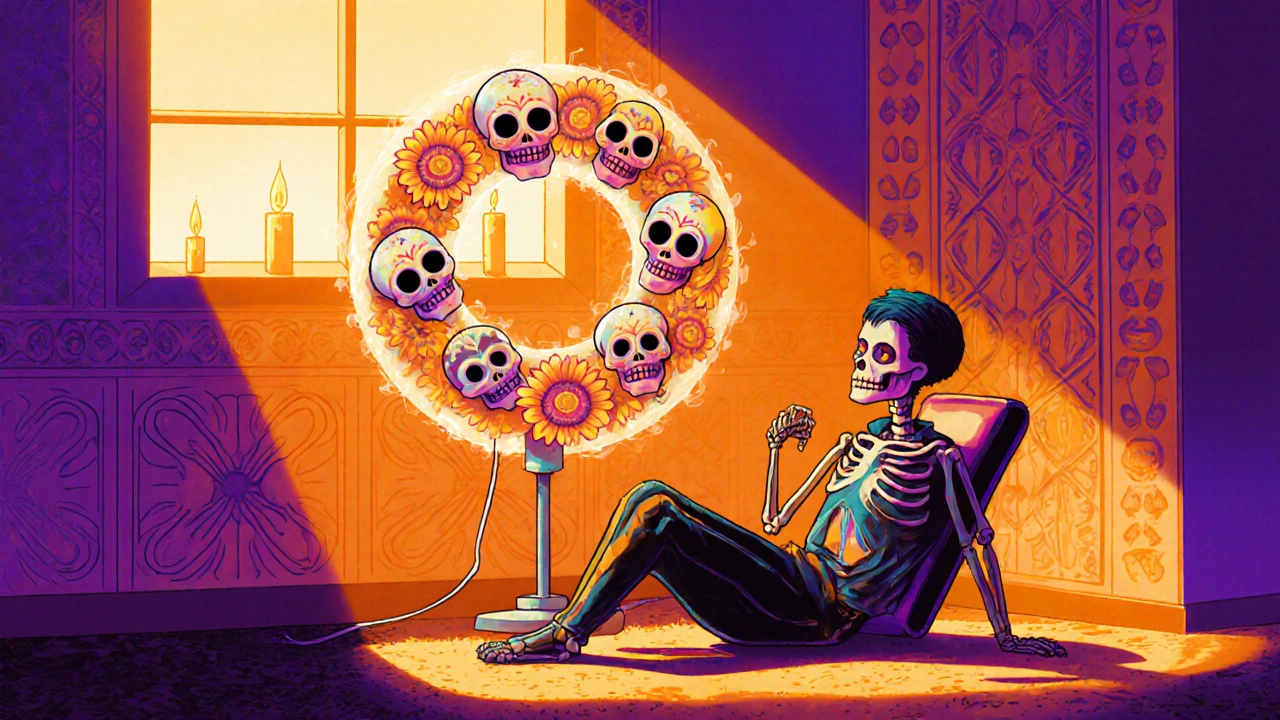
When your kidneys fail, your body can’t clean your blood anymore. That’s what end-stage renal disease (ESRD) means-your kidneys have lost about 90% of their function. Without treatment, toxins build up, fluids swell your body, and your heart struggles to keep up. It’s not a slow decline. It’s a life-or-death situation. But here’s the truth: you have options. And one of them can give you back your life.
What Happens When Kidneys Give Out?
Your kidneys do more than make urine. They balance your electrolytes, control your blood pressure, remove waste, and even help make red blood cells. When they stop working, everything else starts to unravel. Most people with ESRD have diabetes or high blood pressure. These two conditions quietly damage the tiny filters in your kidneys over years-until one day, they just can’t keep up. The numbers don’t lie. In the U.S., about 786,000 people live with ESRD. Nearly 7 out of 10 are on dialysis. Only about 3 in 10 have a working transplant. That gap isn’t because transplants don’t work-it’s because most people never get referred early enough.Dialysis: Keeping You Alive, But Not Living
Dialysis is a machine that does what your kidneys can’t. There are two main types: hemodialysis and peritoneal dialysis. Hemodialysis means going to a clinic three times a week for 3 to 4 hours each time. Your blood is pulled out through a needle in your arm, cleaned by a machine, and put back in. It’s exhausting. You’ll feel drained after each session. You’ll need a fistula-a surgically created connection between an artery and vein-in your arm. That needs to be placed 6 to 12 months before you start dialysis so it has time to heal. Peritoneal dialysis is done at home. A tube in your belly fills with cleaning fluid, pulls out waste, then drains out. You do this 4 times a day, or overnight with a machine. It gives you more freedom, but it’s not easy. You have to be careful about infections. One bad episode can land you in the hospital. Either way, dialysis takes 12 to 16 hours a week of your life-just for treatment. Add travel, recovery, and side effects like cramps, low blood pressure, and itching, and you’re left with little energy for anything else.Kidney Transplant: The Real Way Forward
If you’re healthy enough, a kidney transplant is the best option. Not the safest. Not the easiest. But the best. A transplant cuts your risk of dying by 68% compared to staying on dialysis. Five years after a transplant, 83% of patients are still alive. On dialysis? Only 35% make it that far. Transplant recipients report a 28.7-point higher quality of life score than dialysis patients on a 100-point scale. That’s not just a number. That’s being able to eat an apple without worrying about potassium. That’s traveling without planning your next dialysis session. That’s sleeping through the night. You still need to take immunosuppressant drugs every day-tacrolimus, mycophenolate, steroids-to stop your body from rejecting the new kidney. Those drugs cost $1,500 to $2,500 a month. They raise your risk of infection, skin cancer, and diabetes. But even with those risks, you’re healthier than you were on dialysis.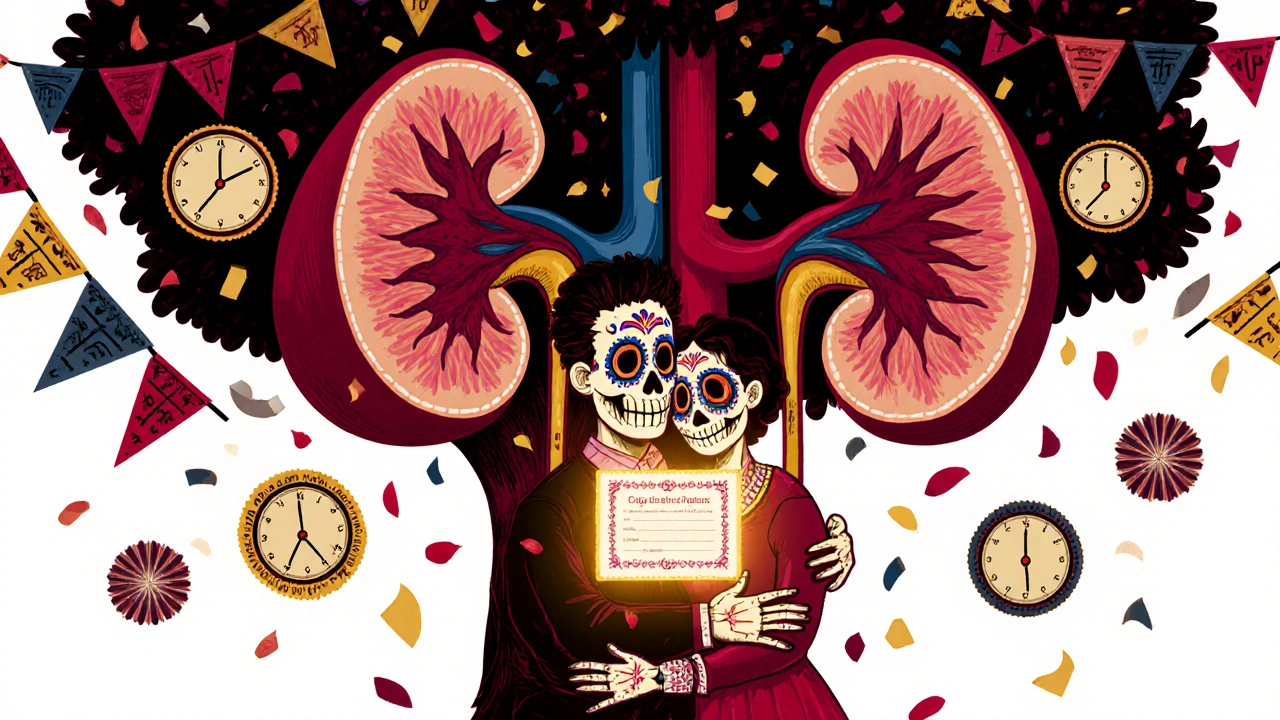
Living Donor vs. Deceased Donor: The Hidden Advantage
Not all transplants are the same. A kidney from a living donor lasts longer and works better than one from a deceased donor. One year after transplant, 95.5% of living donor kidneys are still working. For deceased donor kidneys, it’s 93.7%. Five years later? 86% of living donor kidneys are still going strong. Only 78.5% of deceased donor kidneys survive that long. And here’s the kicker: if you get a transplant before you ever start dialysis-called a preemptive transplant-your survival rate jumps even higher. Only 5% of people who start dialysis are even on the transplant list before they need it. That’s not a coincidence. It’s a system failure.Who Gets Left Behind?
Race shouldn’t matter when you’re fighting for your life. But it does. African American patients are less likely to be referred for transplant evaluation-even when they have the same medical need. One study found that after doctors got training on bias and patient education, transplant referrals among Black patients jumped 40%. That’s not magic. That’s fixing a broken system. Medicare pays for ESRD care starting in the fourth month of dialysis. That means many patients wait until they’re already sick before they even get connected to transplant centers. By then, it’s harder to qualify. The good news? Programs like the Kidney Care Choices Model and the National Minority Organ Tissue Transplant Education Program (MOTTEP) are pushing to change this. More hospitals are now required to track transplant referrals. More patients are being educated. Progress is slow, but it’s happening.What Stops People From Getting a Transplant?
You might think anyone can get a transplant. But the truth is, not everyone qualifies. If you’re over 75 with heart disease, cancer in the last 5 years, severe dementia, or active drug or alcohol abuse-you’re not a candidate. That’s not cruel. It’s practical. Your body has to survive the surgery and handle the lifelong meds. But here’s what’s often missed: many people think they’re too sick for a transplant. They’re not. Many people with diabetes, high blood pressure, or even mild heart problems can still get transplanted. The key is early evaluation. The American Academy of Family Physicians recommends you be referred to a transplant center when your kidney function drops below 30%. That’s years before you’d need dialysis. If you wait until you’re on dialysis, you’ve already lost valuable time.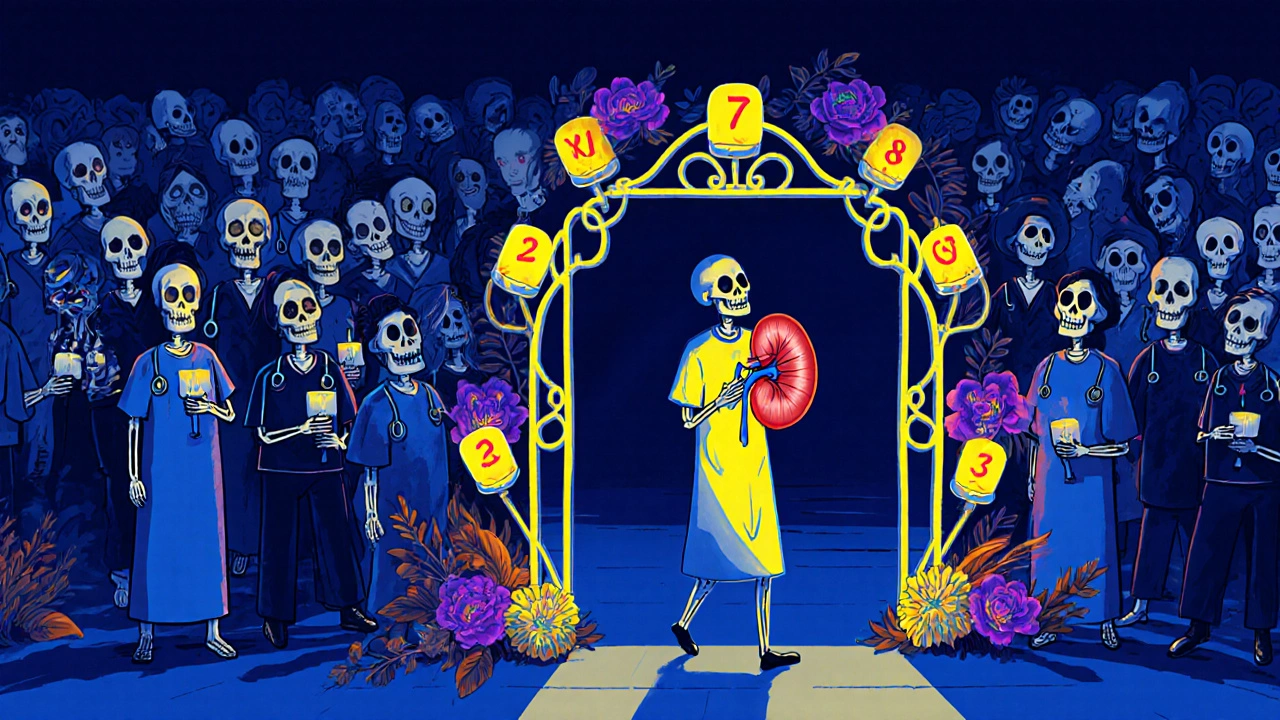
Life After Transplant: Freedom, But Not Freedom From Responsibility
After a transplant, you’re not cured. You’re just on a different kind of treatment. You’ll need blood tests every few weeks. You’ll take pills every day. You’ll watch for signs of rejection-fever, swelling, weight gain, less urine. You’ll avoid crowds during flu season. You’ll wear sunscreen every day. But you’ll also eat what you want. You’ll sleep through the night. You’ll go to your kid’s soccer game without worrying about dialysis appointments. You’ll work again. You’ll travel. You’ll live. The cost? High. The effort? Constant. But the payoff? Unmatched.What’s Changing Right Now?
The field is moving. More people are getting transplants than ever before. Living donor transplants rose 18% between 2018 and 2022. Deceased donor transplants rose 14%. New rules let hospitals use kidneys from older donors or donors with high blood pressure-called expanded criteria donors. That’s expanded the donor pool by 15% since 2017. The NIH is spending $157 million through 2026 to study personalized treatments for kidney disease. That means someday, we might predict who’s at risk before damage even starts. But the waiting list? Still growing. Over 90,000 people are waiting. Only 27,000 transplants happen each year. That’s a gap of 63,000 people-every single year.What Should You Do Now?
If you have chronic kidney disease and your GFR is below 30:- Ask your doctor for a transplant evaluation-right now.
- Ask if you can get tested for a living donor. A family member, friend, or even a stranger can donate one kidney and live a normal life.
- Don’t wait until you’re on dialysis. That’s too late.
- Learn about home dialysis options. They’re better than in-center, but still not as good as a transplant.
- Ask if you’re on the transplant list.
- If you’re not, ask why.
- Find a transplant center. Call them yourself. Don’t wait for your doctor to do it.
Can you live a normal life after a kidney transplant?
Yes, most people return to normal activities within a few months. You can work, travel, exercise, and even have children. You’ll need to take daily medications and get regular checkups, but you won’t need dialysis. Many transplant recipients say they feel like they got their life back.
How long do transplanted kidneys last?
On average, a kidney from a living donor lasts 15 to 20 years. A kidney from a deceased donor lasts 10 to 15 years. Some last longer-over 30 years in rare cases. If the transplant fails, you can go back on dialysis or get another transplant.
Is dialysis better than a transplant?
No. Transplantation offers better survival, better quality of life, fewer dietary restrictions, and lower long-term costs. Dialysis keeps you alive, but a transplant lets you live. Most experts agree: if you’re eligible, transplant is the best choice.
Can you get a transplant without being on dialysis?
Yes, and it’s strongly recommended. A preemptive transplant-before dialysis starts-leads to better outcomes. But only about 5% of people get this option because most aren’t referred early enough. If your kidney function is below 30%, ask about transplant evaluation now.
Why are African American patients less likely to get transplants?
Historically, there have been systemic barriers: lack of provider referrals, mistrust in the medical system, limited access to transplant centers, and unconscious bias. Studies show that when doctors receive training and patients get education, transplant referrals increase significantly. Programs like MOTTEP are working to close this gap.
How much does a kidney transplant cost?
The surgery itself can cost $300,000 to $500,000. But Medicare covers most of it for ESRD patients. The bigger cost comes after: immunosuppressant drugs, which average $1,500 to $2,500 a month. That’s covered for 36 months after transplant, then you may need other insurance. Many patients pay less than $100 a month after that thanks to patient assistance programs.
Can you donate a kidney if you’re not a family member?
Yes. You don’t have to be related. Friends, coworkers, and even strangers can donate a kidney through paired exchange programs or altruistic donation. Donors are carefully screened for health and motivation. Living donation is safe-most donors return to normal life within weeks and live full, healthy lives with one kidney.

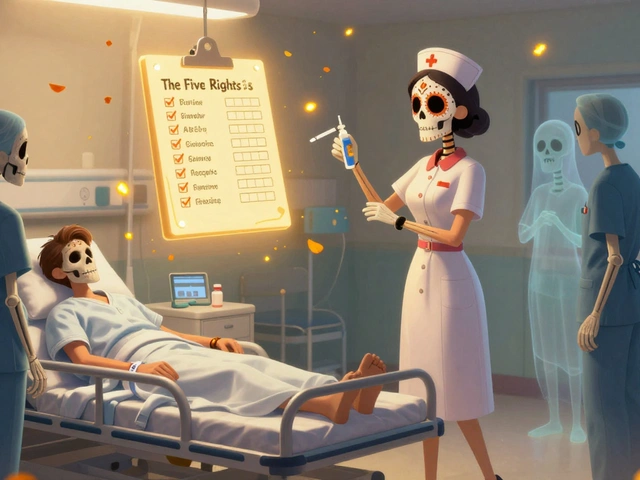
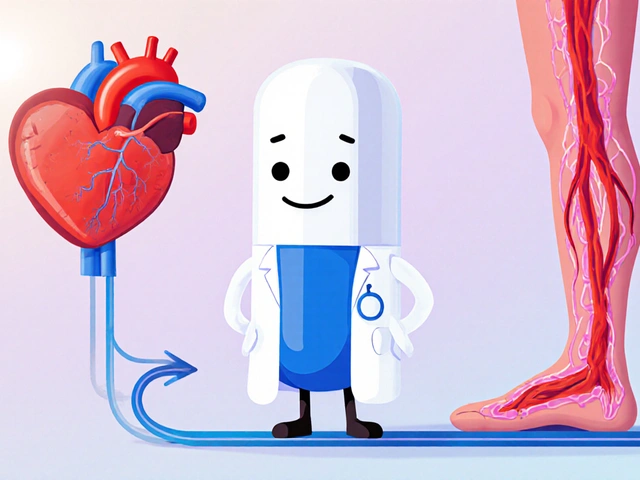
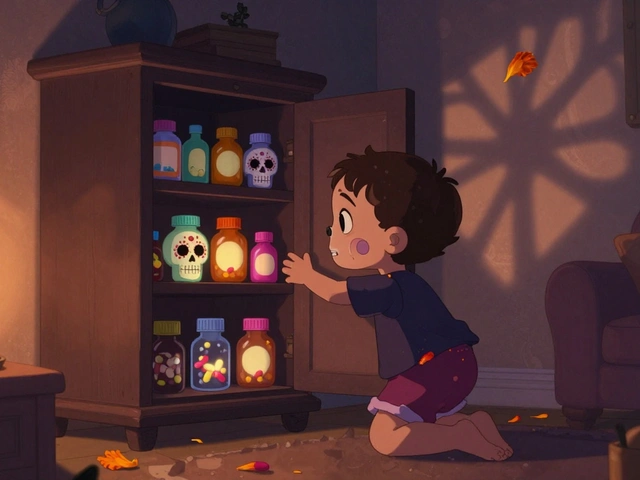
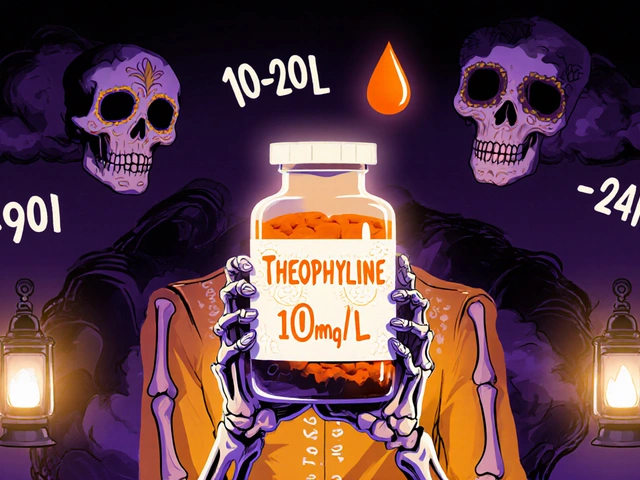
There are 9 Comments
Ady Young
I’ve been on peritoneal dialysis for two years now. It’s rough, but it lets me work nights and sleep during the day. The infections scare me, but I’ve got a routine down. Still, I dream of a transplant. Not just for the freedom, but to stop feeling like a machine is keeping me alive.
Travis Freeman
Man, this post hit different. I lost my uncle to ESRD because he waited too long to get evaluated. He thought he was ‘too sick’ for a transplant. Turns out he wasn’t-he just never got the right info. If you’re reading this and you’ve got CKD, don’t wait. Ask your doctor today. Seriously. One kidney can save a life, and you don’t have to be family to give one.
Sean Slevin
Okay, so… here’s the thing: we treat kidneys like they’re disposable? Like, we’ve got 90,000 people on a waiting list… and yet we don’t prioritize preemptive transplants? We don’t even train doctors to refer early? And then we act surprised when people die waiting? It’s not just medical-it’s moral. We’ve built a system that profits from dialysis, not from healing. And don’t get me started on the racial disparities-this isn’t biology, it’s bias, and it’s killing people. We need systemic overhaul, not just ‘awareness campaigns.’
Also, I just Googled ‘living donor kidney surgery recovery’ and saw a guy who got back to hiking in 3 weeks… I’m crying. Not because I’m sad. Because I’m mad. We could do better.
Chris Taylor
My mom got a kidney from a stranger five years ago. She’s back gardening, traveling, even babysitting my niece. The meds? Yeah, they suck. But she’s alive, and she’s here. I used to think transplants were for ‘perfect’ candidates. Turns out, most people who get turned down aren’t too sick-they’re just not asked early enough.
Melissa Michaels
It is critical to understand that Medicare coverage for immunosuppressants ends after 36 months. Many patients face financial toxicity beyond the initial transplant cost. Patient assistance programs exist but require active enrollment. Early referral ensures access to transplant social workers who can navigate these systems. Delayed referral often results in disenrollment and increased mortality risk.
Nathan Brown
Transplant isn’t a cure-it’s a trade. You swap dialysis for lifelong meds, fear of rejection, and sunblock anxiety. But you get your life back. I used to hate the word ‘normal.’ Now I miss it. I miss waking up without exhaustion. I miss eating a banana. I miss not planning my weekend around a clinic appointment. I’m not ‘lucky.’ I’m just one of the 5% who got referred before dialysis. Why are we not making that the norm?
Also, if you’re thinking about donating… you’re not giving away a part of yourself. You’re giving someone their future. And that’s worth more than any fear.
Matthew Stanford
Just got my transplant eval approved. Took 18 months. My doctor didn’t bring it up until I was already on dialysis. Don’t wait. Ask. Now. Seriously. It’s not rude. It’s survival.
Olivia Currie
I cried reading this. Not because I’m sad. Because I’m furious. My sister’s on dialysis. She’s 32. She has two kids. She’s the strongest person I know. But the system? It’s broken. We need to stop treating this like a ‘medical issue’ and start treating it like the human rights crisis it is. Someone please fix this.
Curtis Ryan
My buddy got a kidney from a guy he met at a coffee shop. No family. Just… a good person. They did the whole paired exchange thing. Now he’s running marathons. I’m telling you-don’t wait. Don’t assume you’re not a candidate. Don’t assume you’re not a donor. This isn’t sci-fi. It’s happening. Right now. In your city. Ask.
Write a comment
Your email address will not be published. Required fields are marked *